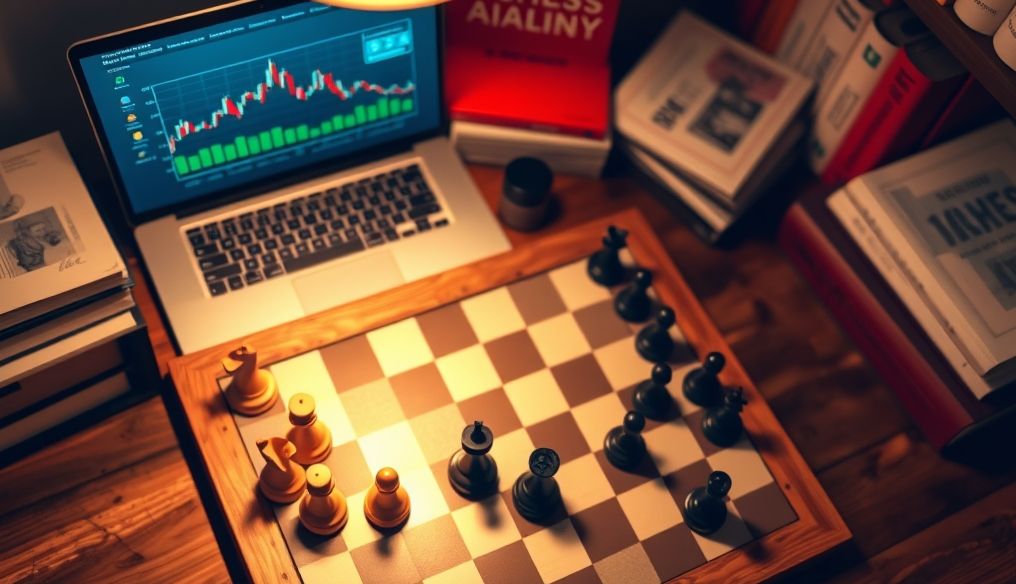Introduction to the Rubik's Cube
The Rubik's Cube, or Magic Cube, is a 3-D mechanical puzzle invented by Ernő Rubik in 1974. Despite its simple appearance, it presents a significant challenge to many. Fortunately, with a little patience and the right instructions, anyone can learn how to solve a Rubik's Cube.
Understanding the Basics of the Cube
Before we start solving, it's important to understand some basics:
- Pieces: The cube consists of three types of pieces: center pieces (6), edge pieces (12), and corner pieces (8).
- Faces: The cube has six faces, each with a different color.
- Moves: There are six basic moves, each representing the rotation of one face of the cube. These moves are usually abbreviated with the letters: F (Front), B (Back), R (Right), L (Left), U (Up), D (Down). A ' after the letter indicates a counter-clockwise rotation.
Notation Used in Algorithms
We will use the following notation to represent the cube's moves:
- F: Front face - clockwise rotation.
- F': Front face - counter-clockwise rotation.
- B: Back face - clockwise rotation.
- B': Back face - counter-clockwise rotation.
- R: Right face - clockwise rotation.
- R': Right face - counter-clockwise rotation.
- L: Left face - clockwise rotation.
- L': Left face - counter-clockwise rotation.
- U: Up face - clockwise rotation.
- U': Up face - counter-clockwise rotation.
- D: Down face - clockwise rotation.
- D': Down face - counter-clockwise rotation.
Step 1: Making the White Cross
The goal of this step is to form a white cross on the top face (usually white) while matching the colors of the edge pieces with the center pieces on the side faces.
- Find the white edge pieces: Look for pieces that have white on any of the faces.
- Position the white piece above the matching center piece: Move the white piece so that it is above the center piece with the same color on the side face.
- Rotate the white piece to the top face: Use a series of moves to rotate the white piece to the top face while maintaining the color match. You may need to experiment with different moves depending on the piece's location.
- Repeat the steps: Repeat steps 1-3 for all four white edge pieces until a complete white cross is formed.
Step 2: Solving the White Corners
Now, we will solve the white corners so that they match the colors on the side faces.
- Find the white corners: Look for corner pieces that have white on them.
- Position the white corner below its correct location: Move the white corner so that it is below the location where it should be on the top face. The side colors of the corner should match the center colors on the side faces.
- Use the algorithm to solve the corner: Use one of the following algorithms depending on the orientation of the corner:
- If white is on the front face: R U R' U'
- If white is on the right face: U' L' U L
- If white is on the bottom face: F' U' F
- Repeat the steps: Repeat steps 1-3 for all four white corners until they are completely solved.
Step 3: Solving the Middle Layer
Now we will solve the middle layer of the cube, making sure the colors match the center pieces.
- Find non-yellow edge pieces: Look for edge pieces in the top layer that do not have yellow on them.
- Determine the face the piece should go to: Rotate the top layer until one of the colors on the edge piece matches the center color on one of the side faces.
- Use the appropriate algorithm: Depending on whether the piece needs to move to the left or right, use one of the following algorithms:
- To move the piece to the left: U' L' U L U F U' F'
- To move the piece to the right: U R U' R' U' F' U F
- Repeat the steps: Repeat steps 1-3 for all edge pieces in the top layer until the middle layer is completely solved.
Step 4: Making the Yellow Cross
The goal of this step is to form a yellow cross on the top face (usually yellow) regardless of the order of the edge pieces.
- Identify the case: There are four possible cases:
- Dot: No yellow pieces on the top face.
- Line: A horizontal or vertical yellow line on the top face.
- Reverse L: A reverse L shape of yellow pieces on the top face.
- Cross: A yellow cross is already present.
- Use the algorithm: Use the following algorithm until a yellow cross is formed: F R U R' U' F'
Step 5: Orienting the Yellow Edges
In this step, we will orient the yellow edge pieces so that they match the center pieces on the side faces.
- Find the matching edge pieces: Look for yellow edge pieces that match the center pieces on the side faces.
- Rotate the top layer: Rotate the top layer until as many edge pieces as possible match the center pieces.
- Use the algorithm: If all edge pieces are not matched, use the following algorithm: R U R' U R U2 R' U
- Repeat the steps: Repeat steps 1-3 until all yellow edge pieces are oriented correctly.
Step 6: Permuting the Yellow Corners
Now, we will permute the yellow corners so that they are in their correct locations, regardless of their orientation.
- Find the correct corners: Look for yellow corners that are already in their correct locations (they may not be oriented correctly).
- Place the correct corner in the top right front corner: If there are no correct corners, rotate the top layer until one of the corners is in the top right front corner.
- Use the algorithm: Use the following algorithm: L' U R U' L U R' U'
- Repeat the steps: Repeat steps 1-3 until all corners are in their correct locations.
Step 7: Orienting the Yellow Corners
The final step is to orient the yellow corners so that the yellow color is facing up.
- Position the cube so that a corner that needs orienting is in the top right front corner:
- Use the algorithm: Use the following algorithm: R' D' R D (repeat until the yellow color is facing up).
- Rotate the top layer: Rotate the top layer to bring the next corner that needs orienting to the top right front corner.
- Repeat the steps: Repeat steps 1-3 until all yellow corners are oriented.
Congratulations!
You have solved the Rubik's Cube! Remember that practice makes perfect. Keep practicing, and you will become faster and more efficient.




